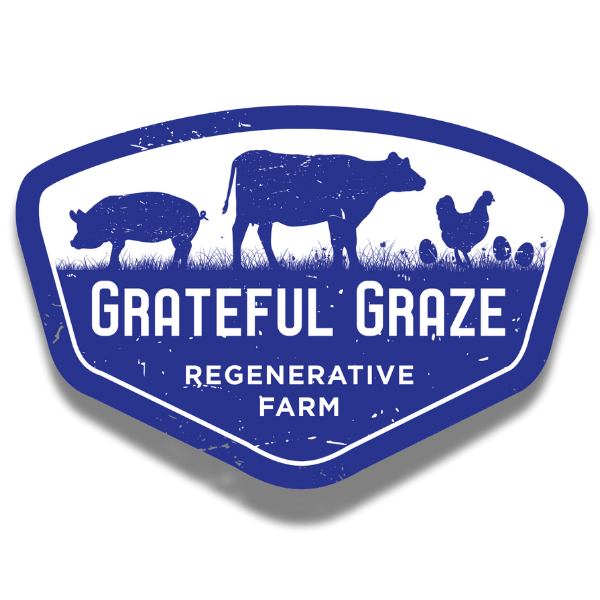What's He Doing Now?
posted on
May 28, 2023
When we talk about the importance of diversity we aren't just talking about it. We really do it. This week we tackled four different projects. We planted a pollinator plot, a milpa garden, the cow chow, and a calendula plot.
On one of our farms we have a narrow strip of land across a creek that's difficult to get the harvest equipment into so we planted it into a pollinator plot. It will provide the bees with pollen for honey and the birds and beneficial insects with a place to live and a source of food. I'm looking forward to seeing the blooms and will be sure to take photographs to share with our readers.
Then Monte moved the planter to our home farm where we will take 120 acres out of corn and soybean rotation and have the cattle graze the field for the summer. To some farmers that's just crazy talk but to a regenerative farmer it all part of the plan.

Our cows eat more than grass. They have an entire salad bar to eat from! We planted a cover crop mix (pictured above) of Pearl Millet, Buckwheat, Sunflower, Kale, Vetch, and Sorghum. The cover crop (cow chow) will be ready for our cattle to graze later this summer. Above ground will be a lush green field of tasty greens that will provide them with a source of energy that produces a lovely yellow fat we get to enjoy on our dinner plate.
After planting the cow chow we moved to the ranch where we have the pasture that the cattle live on in the spring, fall and winter. During winter we chose a location every year to bale feed the cattle when the snow is too deep for them to find grass. We call this the sacrifice pasture because you can imagine what 100 animals do to the pasture when it freezes and thaws. But what is really incredible about nature is how it heals itself.

Monte planted the sacrifice pasture with a Milpa Garden Mix. What's Milpa you ask? The Milpa technique originated in Central America where the Maya used the three sisters: corn, squash, and beans along side other native and cultivated plants to improve the soil and grow food in their forest gardens. We use a mix of seed from Green Cover Seed that includes over forty different seeds including multiple varieties of Squash, Cucumber, Watermelon, Beets, Turnips, Sunflowers, Okra, and many more.
By planting this diverse mix all together, we can grow healthy food that builds healthy soil. Harvesting the Milpa garden is an adventure in experiencing the power of natural diversity firsthand. Not only does Milpa produce delicious food, it attracts beneficial insects, reduces pressure from pests, and increases organic matter in the soil.
You can watch a video here about the First Acre Program and how the food grown in this Milpa plot will be used.
We will keep you posted on the progress of this project and be reaching out for volunteers to come help harvest and share the bounty with local food banks.

The final planting project for the season is the Calendula flower plot. Calendula produces a bright orange blossom. It's also know as pot marigold, common marigold, and Scotch marigold. It produces edible petals that can be used in soups, soufflés, rice dishes, baked goods and to garnish desserts. It's also a popular choice for brightening up salad mix and used for medicinal purposes. It may provide some beautiful photo backdrops as well!
So we are excited to experience beauty and the harmony that these flowers and vegetable plants will bring to our ranch. It might just be worth a trip out here to see it for yourself...let the craziness begin!
From the Farm,
Robyn



